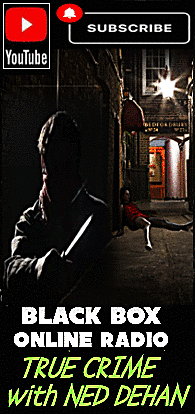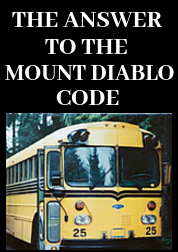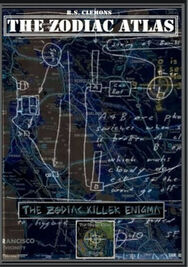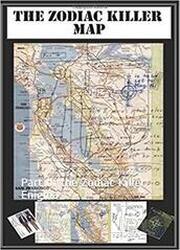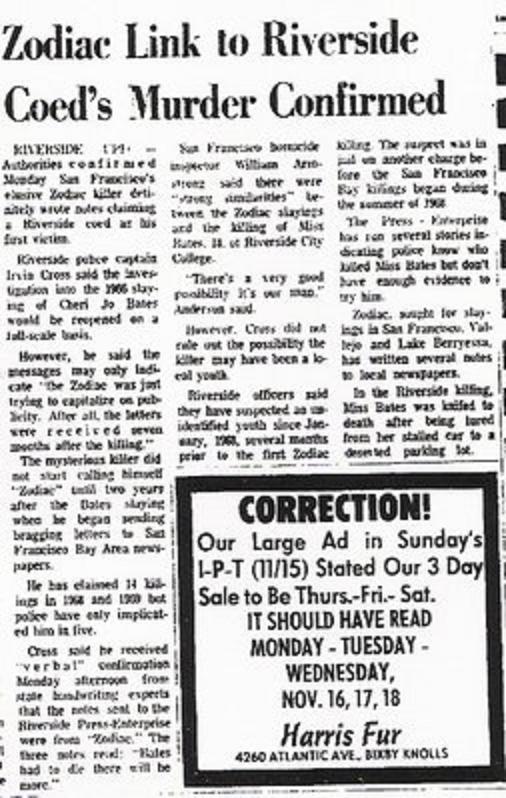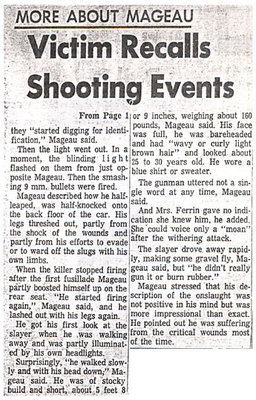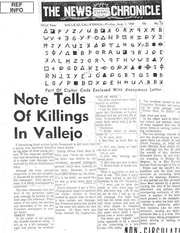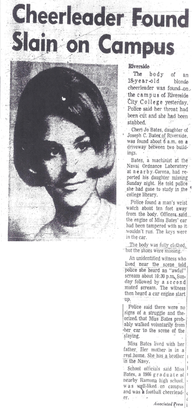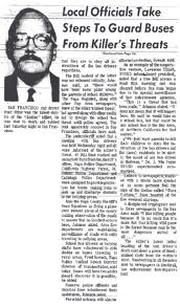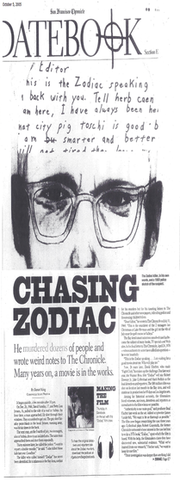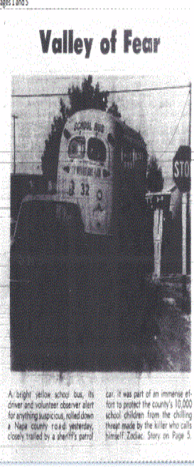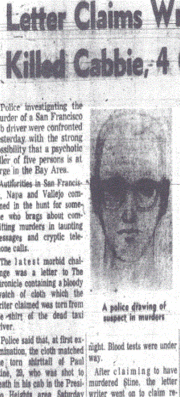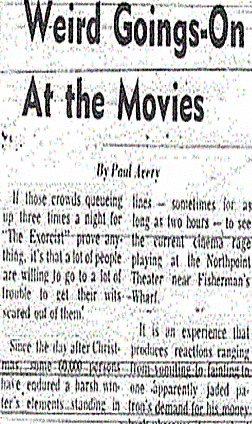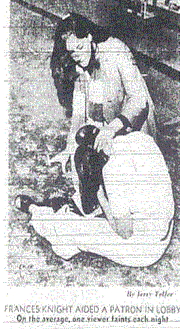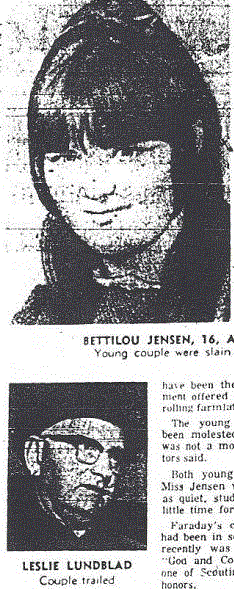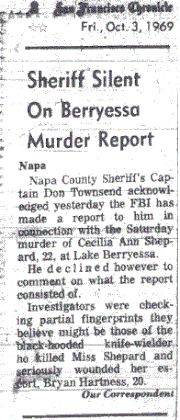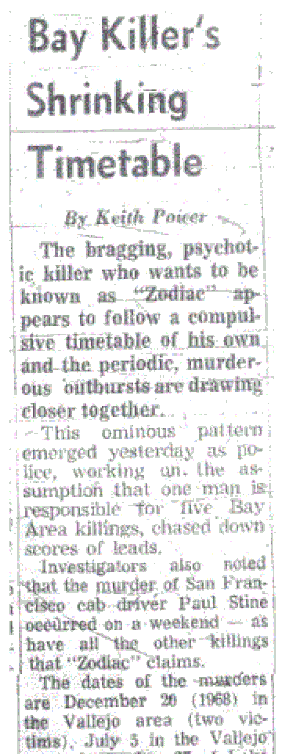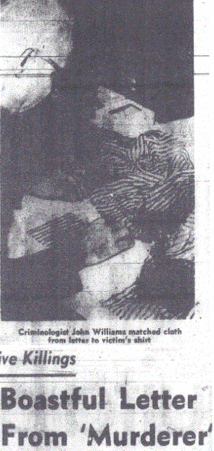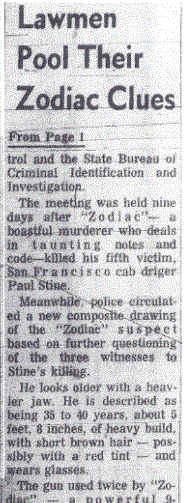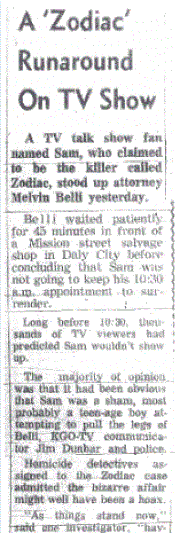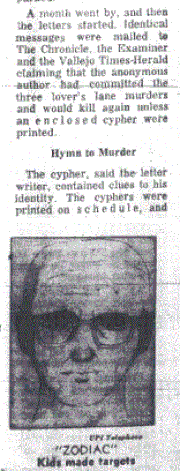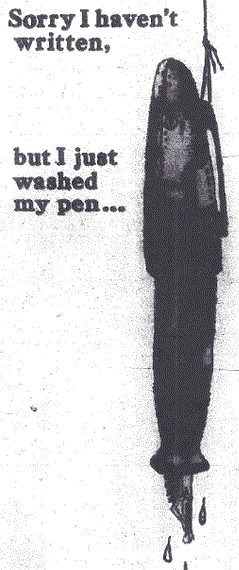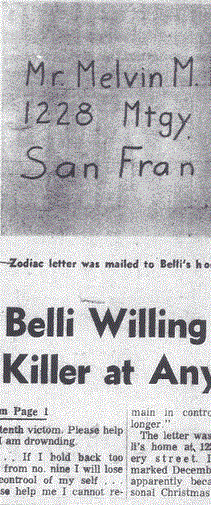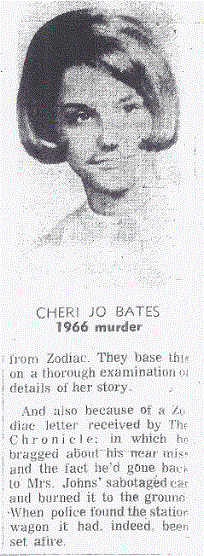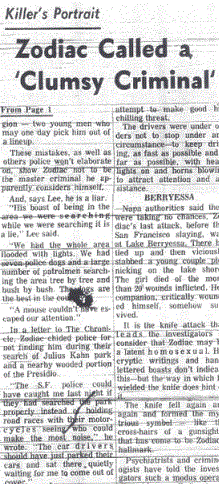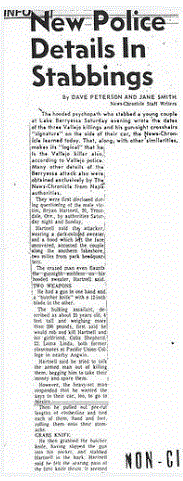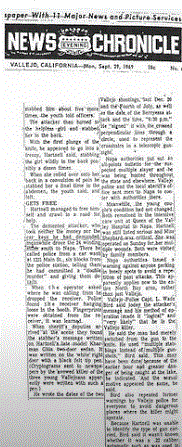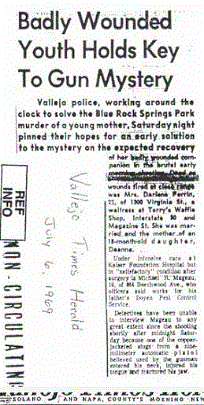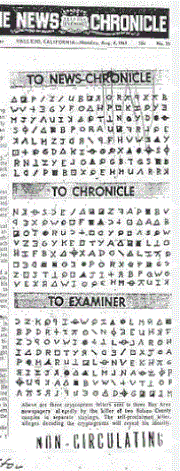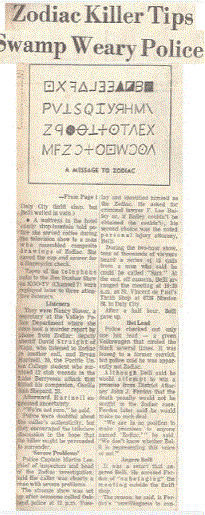The narrator states "The actual Zodiac evidence was collected in a state laboratory in May 2018, who then sent it to a genealogical laboratory in Florida. Analysts then looked for similarities between the Zodiac profile and family members who have already submitted DNA to a public database. If they find a match, genealogists will then create a family tree that could eventually lead them to the Zodiac Killer."
If these statements were true (which hasn't been verified by an official source), then it implies that a viable DNA sample has been sourced from the Zodiac Killer stamps and/or envelope seals, and submitted to GEDmatch for entry into the genealogical database.
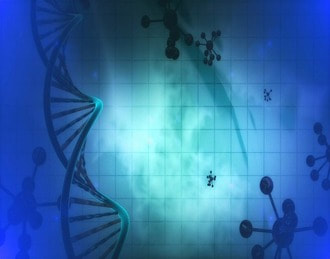
If this advanced DNA analysis was successful on the two July 31st 1969 envelopes, and created a Zodiac DNA profile of sufficient information to be submitted to a genealogy database, then it would be sent to GEDmatch in Florida in hope of a familial match. The 'Mysteries at the Museum' episode seems to suggest this has already been done, and would indicate that a viable sample of DNA has been recovered from the Zodiac letters after 49 years.
There have been many question marks over the validity of the tests conducted by Cydne Holt, General Manager and Chief Scientific Officer at Verogen, in 2002. Claims the DNA was sampled from the outside of the letters is unproven, but if true, it would certainly negate any findings, including the elimination of any suspects previously ruled out using such evidence. If a sufficient DNA profile in 2018 has been successfully generated, then the elimination, or otherwise, of suspects touted in the Zodiac case can begin again in earnest (assuming the DNA retrieved is that of our killer). Only a partial profile is required for the latter.
"California law enforcement investigating the Golden State Killer case uploaded the DNA profile of the suspected serial rapist/killer from an intact rape kit in Ventura County to GEDmatch. It identified 10 to 20 distant relatives of the Golden State Killer, and a team of five investigators working with genealogist Barbara Rae-Vente used this to construct a large family tree, which led them to identify retired police officer Joseph James DeAngelo as a suspect. Investigators acquired samples of his DNA from items he discarded outside his home, one of which definitively matched that of the killer. The process took about four months, from when the first matches appeared on GEDmatch, to when DeAngelo was arrested in April 2018." Wikipedia.
"As of early this year, more than 12 million people had undergone such tests, mostly from 23andMe and Ancestry DNA, and the number is growing by about one million each month. That’s reaching the point where nearly everyone in the US will have a close relative, cousin, or second cousin who has given a DNA sample. Users of GEDMatch are warned that they have no guarantee of privacy and that their data could be used for purposes other than genealogy." Technology Review.
In cooperation with American law enforcement organizations, Parabon NanoLabs, based in Reston, Virginia started uploading DNA evidence from crime scenes to GEDmatch in an attempt to identify perpetrators. Parabon said they found matches in 20 cases as of 2018.

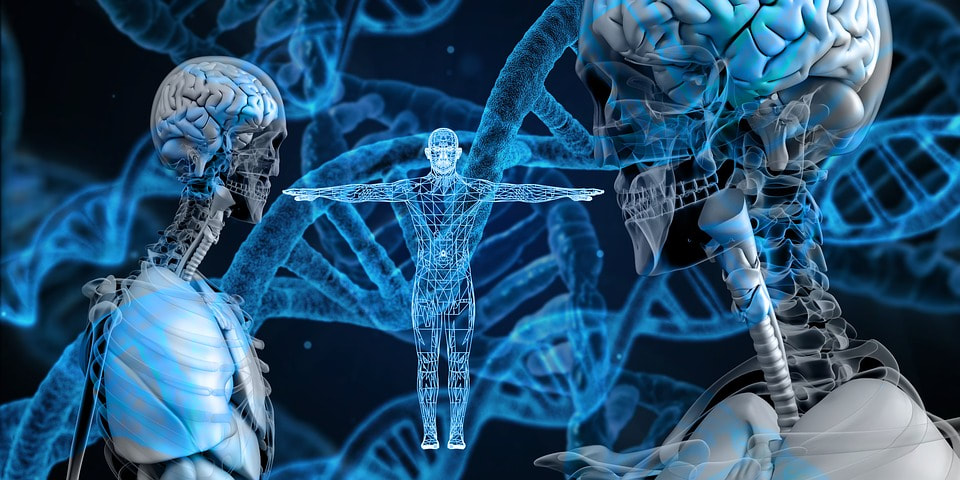




 RSS Feed
RSS Feed
